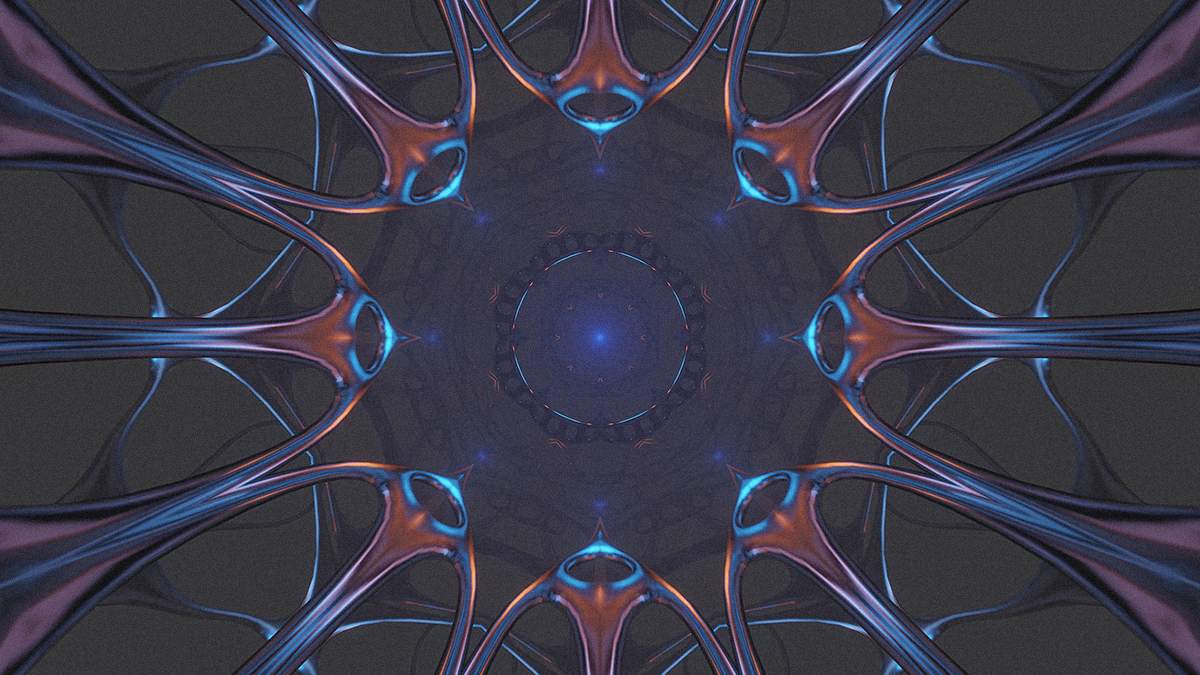This is a potentially huge breakthrough that could make quantum computers much more reliable because the current method of keeping qubits in quantum states is unreliable.
What scientists discovered
In quantum computing, a one or zero is stored as a qubit, not an ordinary bit. A qubit is special in that it can be one or zero at a time, potentially allowing quantum computers to do much more complex calculations that would take ordinary computers much longer.
A major disadvantage of qubits is that they need a highly controlled environment where a small perturbation, such as a small change in temperature, can cause the qubits to lose their quantum state and information.
In the experiment, an ordinary qubit at either end of a ten-atom line retained its quantum state for 1.5 seconds. But when scientists blasted these atoms with a laser light pulse in time with Fibonacci numbers, the qubits took exactly 5.5 seconds in the current state of the technology.
What is the Fibonacci sequence
This is one of the most famous formulas in mathematics and represents a series of numbers where each subsequent is the sum of the previous two. It looks like this: 0, 1, 1, 2, 3, 5, 8, 13, 21, 34, 55 etc. Fibonacci numbers are sometimes called “nature’s code” because the sequence is found in many things we encounter every day and actually “governs” the size and design of plants, animals, objects, phenomena, and more. The visual embodiment of this series is the golden ratio.
According to physicists, the cause of what is happening lies in time itself.
We realized that by using quasi-periodic sequences based on the Fibonacci model, it is possible to make the system behave as if there are two different time directions.
— says Philip Dumistrescu, a researcher at the Flatiron Institute Center for Computational Quantum Physics, lead author of the study.
But why Fibonacci numbers? When you fire laser pulses that follow Fibonacci numbers, they behave like a kind of quasi-crystalline—a structure of matter that follows a pattern but isn’t periodic. In other words, it is sequential, but not repetitive.
With this quasi-periodic sequence, there is a complex evolution that removes all edge-dwelling errors. So the edge remains quantum-mechanically consistent for much, much longer than expected,
– sums up Dumistrescu in a press release.
It’s too early to talk about the practical application of the discovery, but it gives hope that one day we will see quantum computers exactly as scientists around the world have envisioned.













